Top Ukraine War Lessons From USAF's Commander In Europe
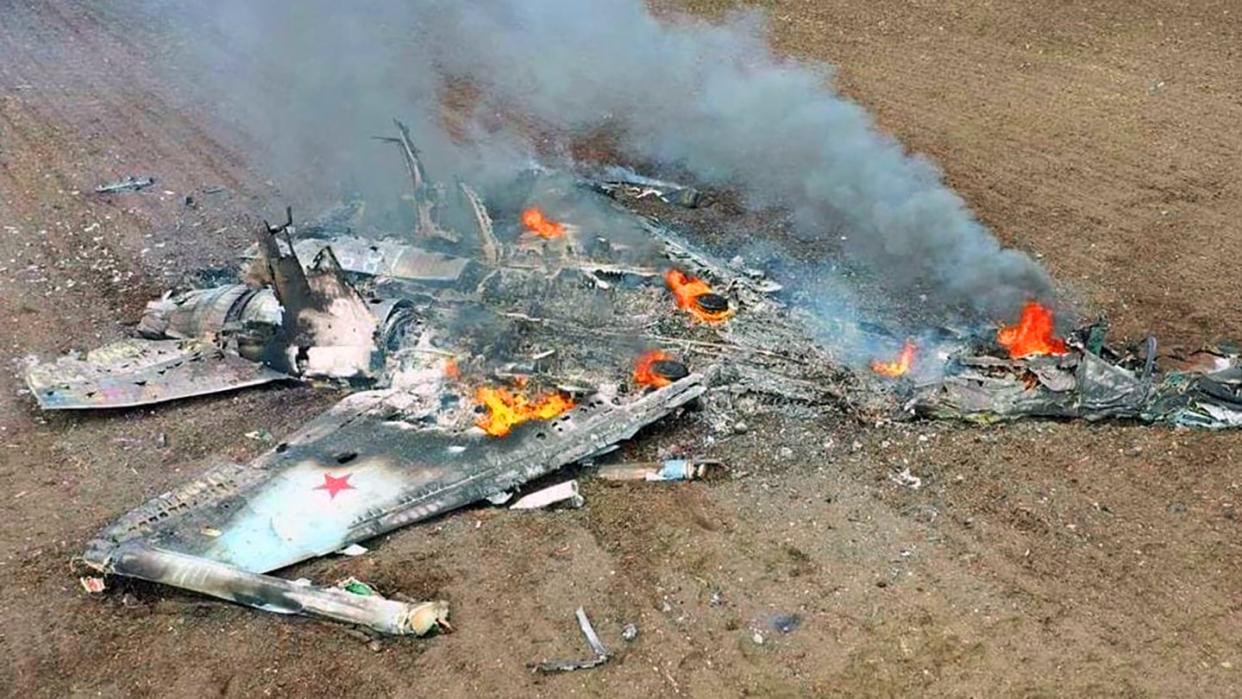
With neither side in the now 542-day-old war in Ukraine able to achieve air superiority, the U.S. and NATO are gathering valuable lessons for how they may have to fight on the continent in the future, the general in charge of U.S. and NATO air operations in Europe said Friday.
The U.S. and NATO will have to improve methods to counter integrated air defenses, defend against incoming threats, communicate and move assets around the continent under the U.S. doctrine of Agile Combat Employment (ACE). Those were the conclusions delivered by U.S. Air Force Gen. James Hecker - head of U.S. Air Forces in Europe (USAFE), as well as NATO's Allied Air Command and U.S. Air Forces Africa (AFAFRICA) - Friday during a Defense Writers Group virtual briefing.
Chief among those lessons is for the U.S. and its NATO allies to find ways to defeat robust air defenses, Hecker said. Russia possesses air defense systems like the Buk-M3, Pantsir, S-300, S-400, and Tor-M1. The plethora of surface-to-air missile systems on both sides “is what has prevented people from getting air superiority,” said Hecker.
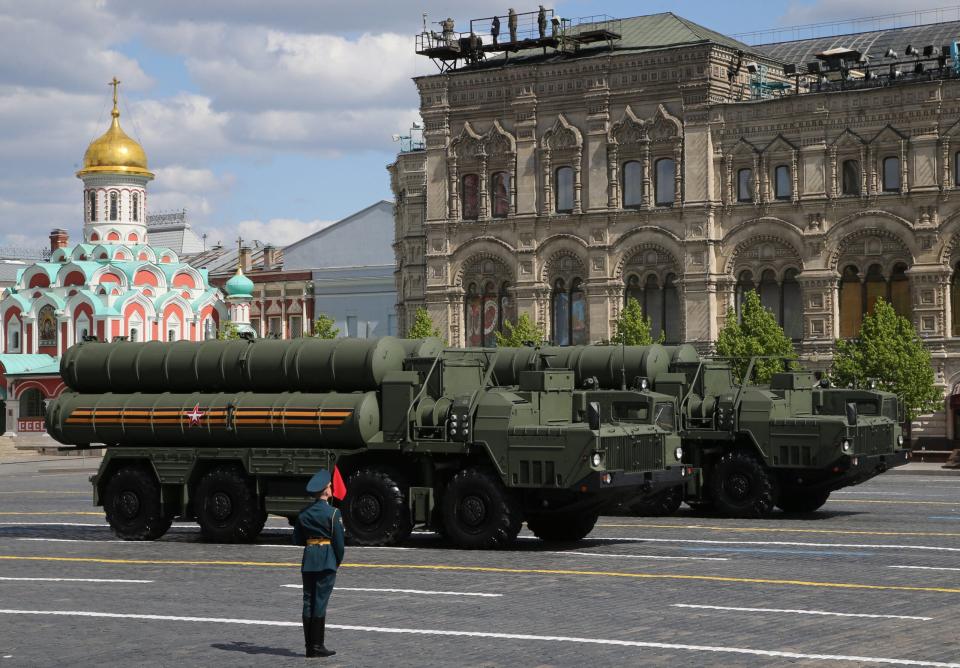
“So that's my number one priority - throughout NATO on the air side - is the counter anti-access area denial (A2AD) mission. We've been putting a lot of effort on improving our skills and using all of the allies to do that.”
After losing more than 75 aircraft at the beginning of the war, Russia adapted, Hecker said. As we have written about frequently, they shifted to a reliance on one-way drones - like the Iranian-made Shahed-136s - and cruise and ballistic missiles launched from stand-off distances in Russian airspace or from Black Sea surface vessels and submarines to deliver precision strikes.
The S-7760 Kinzhal (Kh-47) hypersonic quasi-air-launched ballistic missiles, fired by MiG-31 Foxhound heavy interceptors modified to carry a single such missile, have been particularly vexing to Ukrainian air defenses.
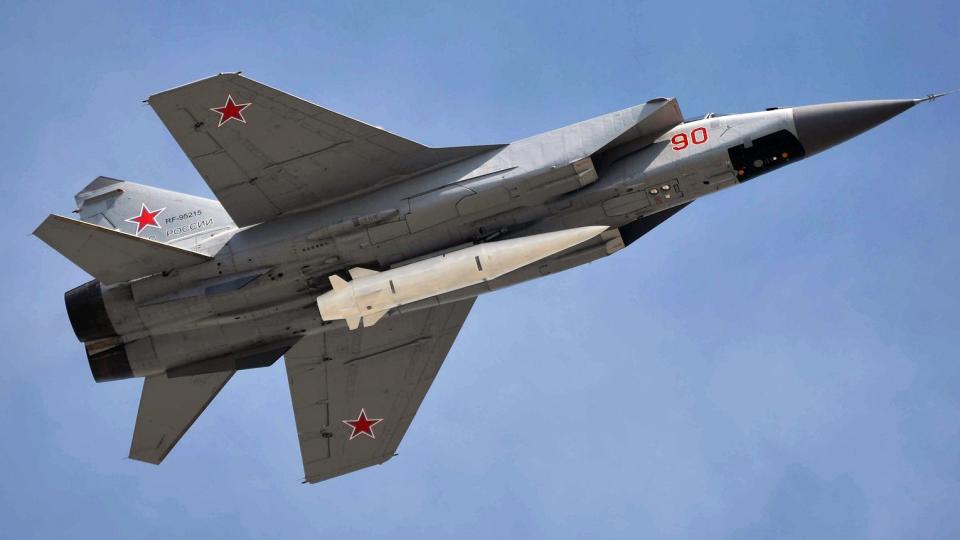
The challenges posed by Russian airstrikes on Ukraine are a real-time example of why the U.S. and NATO need “a good integrated air and missile defense system,” said Hecker. “We are really trying to improve our capability there because we know that’s what we need to protect ourselves.”
Hecker noted that Ukraine has had a degree of success with donated Western air defense systems.
The Russians “are getting some of those through,” said Hecker. “But Ukraine is doing pretty good with a lot of Western help in the way of surface-to-air missiles and stuff like that.”
While Hecker didn't name any specific platforms, Ukraine has received air defense systems like the Patriot, National Advanced Surface-to-Air Missiles Systems, or NASAMS, IRIS-T SLM, SAMP/T, Crotale, Gepard and others.
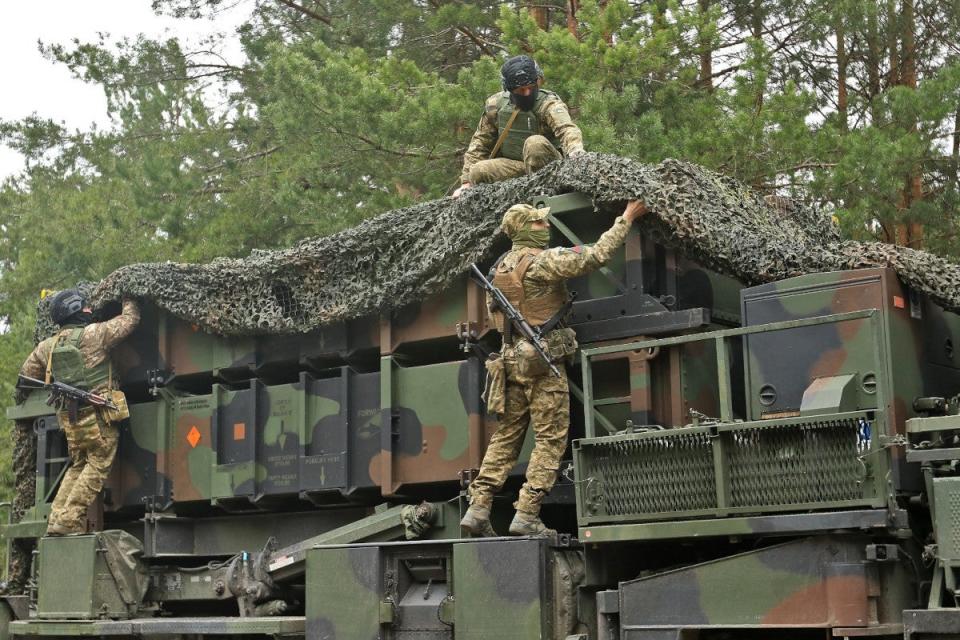
His comments also come a day after the U.S. government approved a $3.5-billion German purchase of Israeli-made Arrow 3 missile defense systems. That deal brings the kind of anti-ballistic missile capability to Western Europe that Hecker said was needed as militaries in that region increasingly look at increasing their resilience to potential ballistic missile attacks from Russia. You can read more about that deal in our original story here.
There is also the European Sky Shield Initiative, or ESSI, a German-led effort designed to create a European air and missile defense system — something you can read more about here.
One of the main reasons the Ukrainian Air Force has been able to stay in the fight is its ability to move its aircraft around the country and still have the enough airstrips with stocked supplies capable of sustaining air combat operations.
Hecker said that success shows the U.S. and NATO need to step up their ACE efforts.
ACE has been around “way before the Ukraine-Russian war started,” said Hecker. “And it was mainly in response to the situation in the Indo-Pacific, knowing that China had several cruise missiles, very capable cruise missiles and things like that, and we had to move or else - you know we don’t want to lose all our aircraft on the ground.”
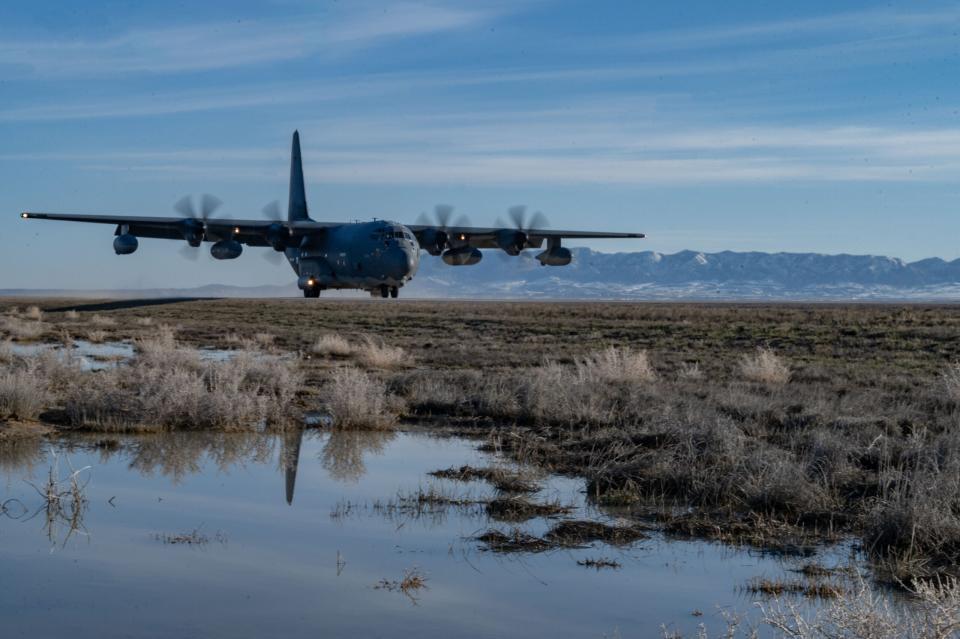
“So enter Ukraine, and now we kind of see how they're doing and what's being effective for them by them moving their airplanes around against the threat that we’d most likely face - definitely face - if we go to Article Five [NATO collective defense agreement]. We need to make sure that we can do that as well.”
https://twitter.com/JimmySecUK/status/1645390116158930944?s=20
The U.S. and NATO employ ACE to some extent in Europe as well, said Hecker. But nowhere as much as Ukraine.
“We have to make sure we can be as proficient as they are,” he said of the Ukrainians, who employ their own version of ACE every day, throwing off Russia's ability to target their aircraft with standoff weapons.
“Now as weapons get a lot more accurate, etc, they can just hit every single aircraft even if it's dispersed,” said Hecker. “So what we have to do now is disperse our aircraft amongst different airfields and potentially even on highways and these kinds of things that Finland brings to the plate.”
You can read more about Finland's military aviation operations from a newly constructed highway specially designed with a runway at its center in our story here.
The U.S. had more of that capability during the Cold War, when there were more bases in Europe for U.S. combat aircraft to land, receive needed maintenance and rearm. Restoring that ability is a priority, said Hecker.
“We're going to start off with 20 to 25” such bases, said Hecker. “Of course, I'm not going to tell you where they're at. But they're in strategic locations around Europe.”
Those bases will be supplied with equipment common “to any aircraft,” said Hecker.
“We're going to work with the nations and their maintenance so that we can get interoperable on different kinds of aircraft like we were able to do 30-40 years ago.”
Last, but not least, the U.S. and NATO need more robust communications, Hecker said.
"How are we going to command and control all these units, especially if they're taking off and landing at other airfields using the ACE concept? How are we going to make that happen? And especially if we get denied communications, because that will cut off from that from a cyber attack, etc."
While the U.S. has tried to shift more of its focus toward the Pacific and potential threats posed by China and North Korea, the last 15 months of war in Ukraine has been a stark reminder that Europe will require increasing attention, and requisite investment, as well.
Contact the author: howard@thewarzone.com

